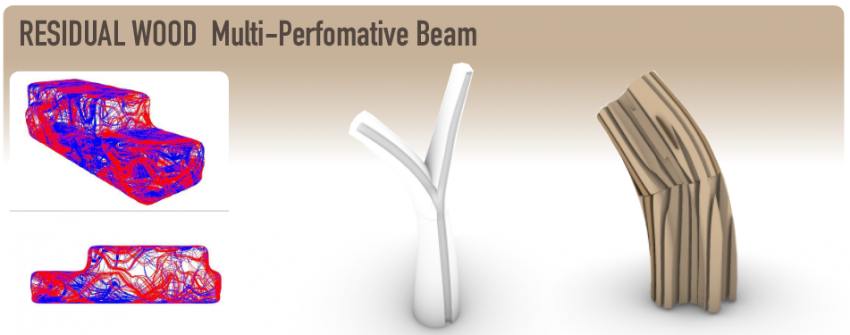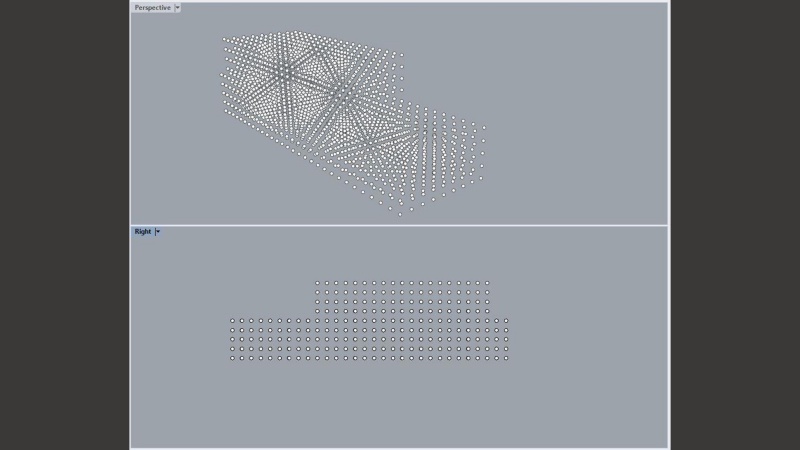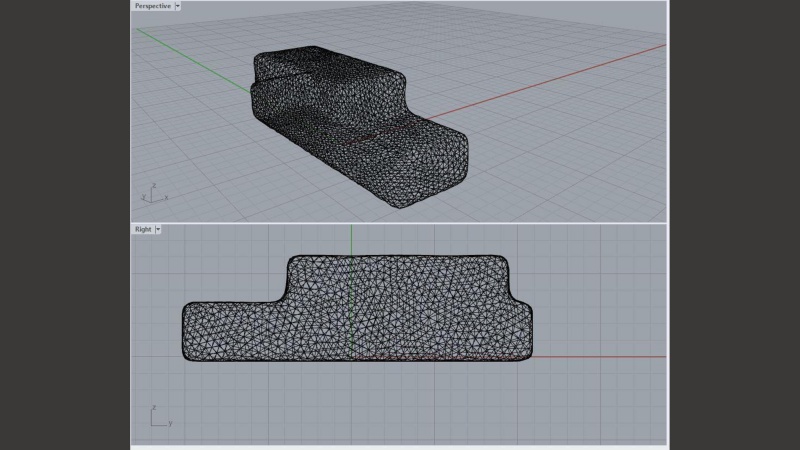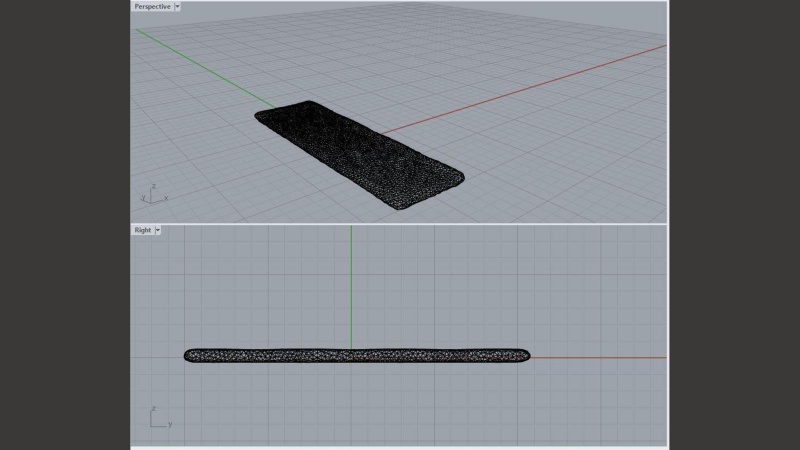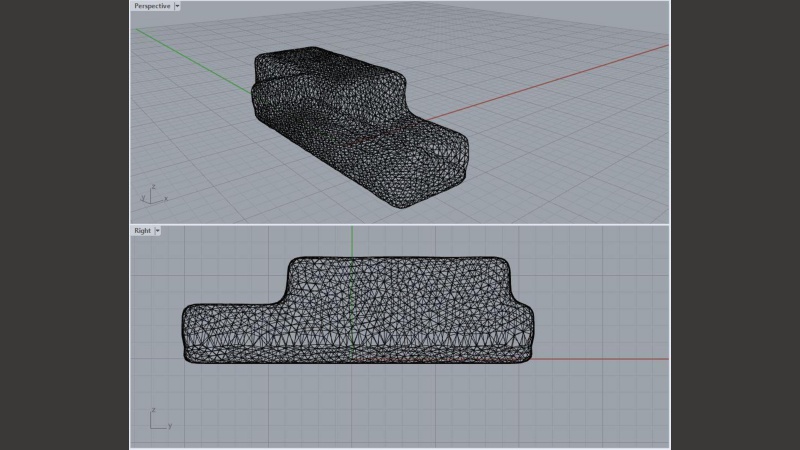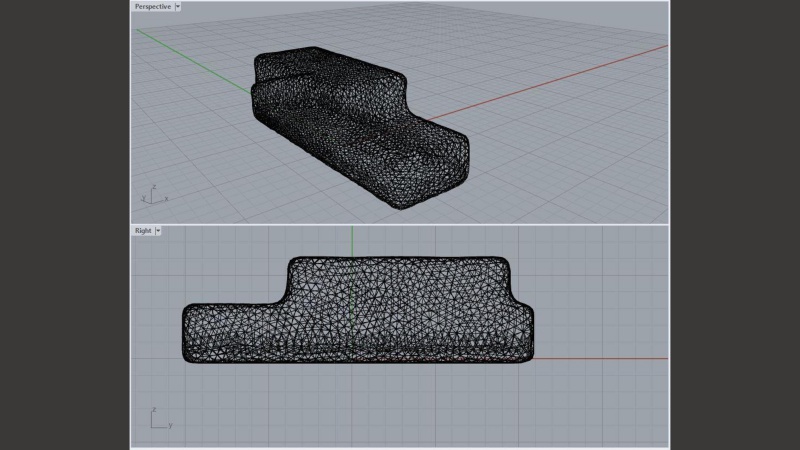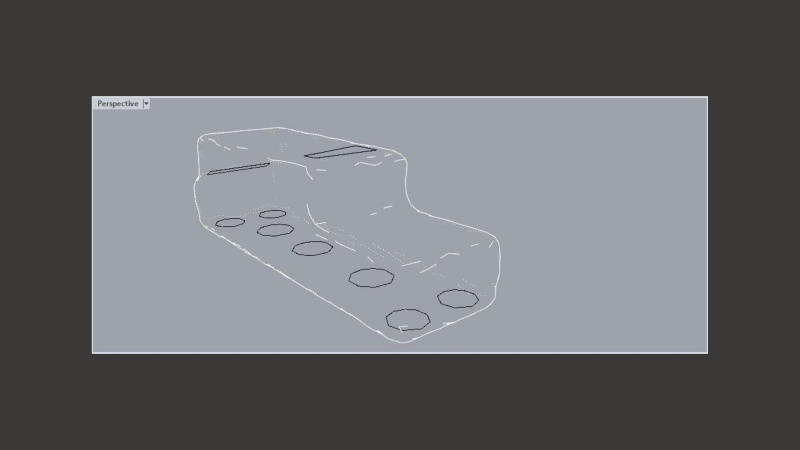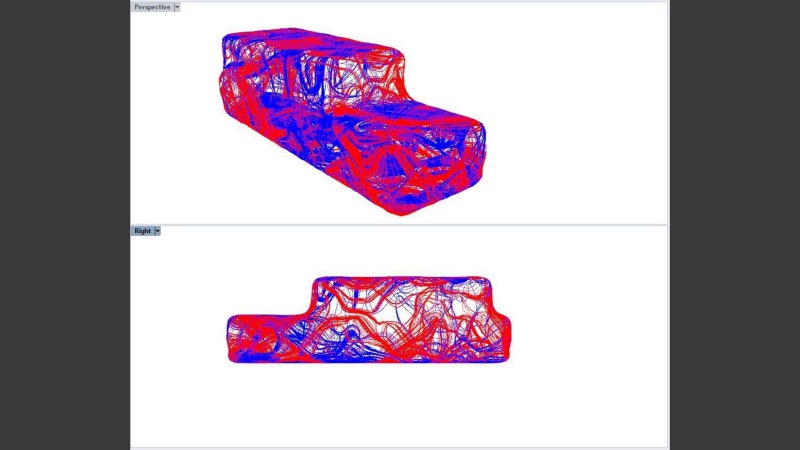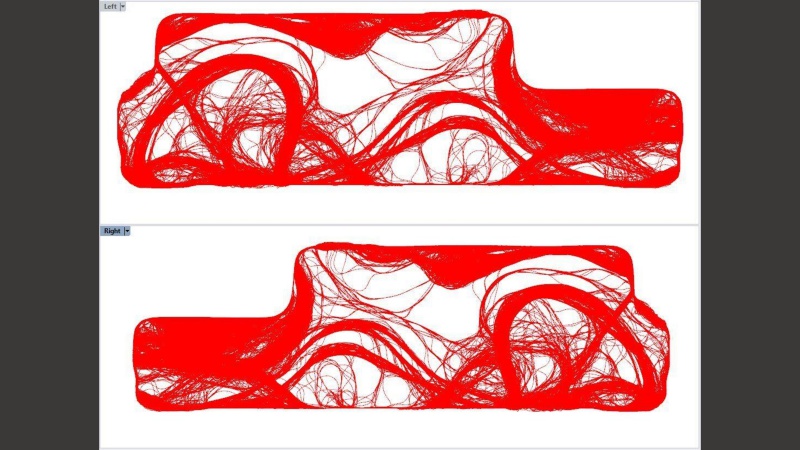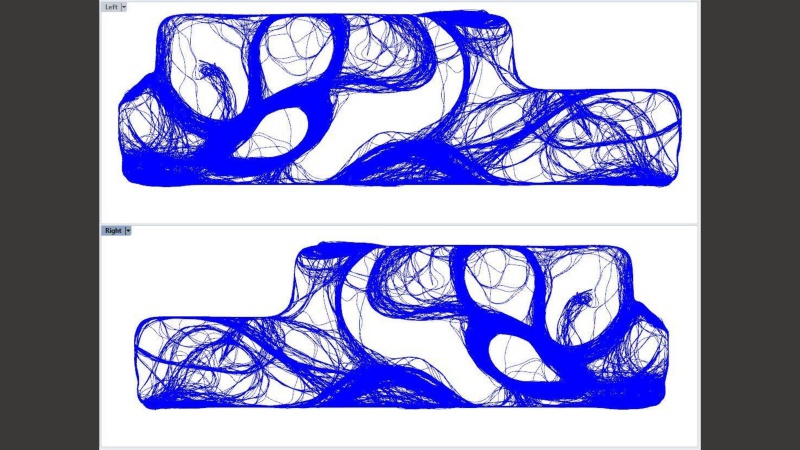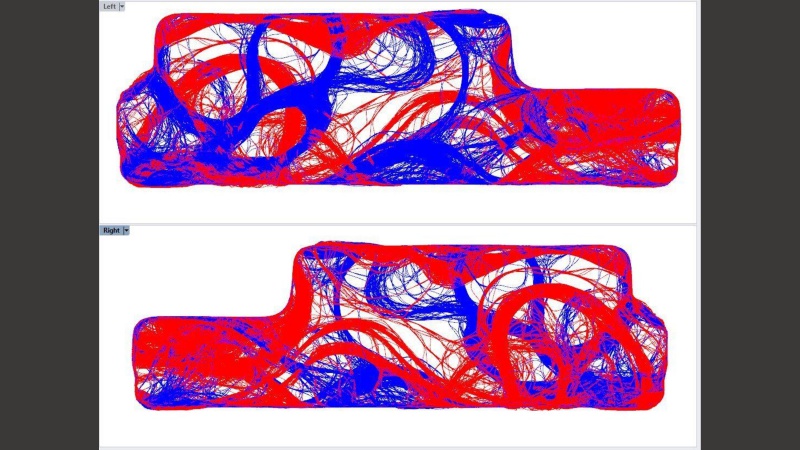Difference between revisions of "Shared:2020W2G2"
(→Structure Analysis) |
(→Architecture Scale) |
||
| (5 intermediate revisions by one user not shown) | |||
| Line 1: | Line 1: | ||
__NOTITLE__ __NOTOC__ | __NOTITLE__ __NOTOC__ | ||
| − | [[File: | + | [[File:Hva front page.png | 850px]] |
<br> | <br> | ||
<span style="font-size: 20.5px; color: grey;">'''RB_RS COLLABORATIVE WORKSHOP'''</span><br> | <span style="font-size: 20.5px; color: grey;">'''RB_RS COLLABORATIVE WORKSHOP'''</span><br> | ||
---- | ---- | ||
| − | <span style="font-size: 12px;"> '''HvA Robot Studio Team: ''' | + | <span style="font-size: 12px;"> '''HvA Robot Studio Team: '''Jakob de Konink | Cameron Roeten | David 't Lam |
<br> | <br> | ||
---- | ---- | ||
| Line 38: | Line 38: | ||
This scale focuses on parametric form finding methodologies of an architectural space that eventually is analysed and optimised structurally to propose multi performative wood beam structure. | This scale focuses on parametric form finding methodologies of an architectural space that eventually is analysed and optimised structurally to propose multi performative wood beam structure. | ||
| − | |||
| − | |||
[[ File:image_file_path_here | 800px ]] | [[ File:image_file_path_here | 800px ]] | ||
<span style="font-size: 10px;"> brief description of the image | <span style="font-size: 10px;"> brief description of the image | ||
| − | <br> | + | <br> |
| − | + | ===<span style="font-size: 20.5px; color: blue;">'''Structure Analysis ''' </span>=== | |
| + | ---- | ||
| − | + | Short text here talking about structure analysis and the parameters that where used. | |
| − | + | ||
| − | |||
| − | + | [[ File:Presentation slide 2.jpeg | 800px ]] | |
| − | + | ||
| − | + | <span style="font-size: 10px;"> Step 1: Create a point cloud | |
| + | <br> | ||
| − | + | [[ File:Hva Slide3.jpeg | 800px ]] | |
| − | + | ||
| − | + | <span style="font-size: 10px;"> Step 2: Use the Dendro plug in to create a volume and turn it into a mesh | |
| + | <br> | ||
| − | + | [[ File:Hva Slide4.jpeg | 800px ]] | |
| − | + | ||
| − | + | <span style="font-size: 10px;"> Step 3: Create a mesh for the floor in the same way | |
| + | <br> | ||
| − | + | [[ File:Hva Slide5.jpeg | 800px ]] | |
| − | + | ||
| − | + | <span style="font-size: 10px;"> Step 4: Anchor the floor points and relax the mesh | |
| + | <br> | ||
| − | + | [[ File:Hva Slide6.jpeg | 800px ]] | |
| − | + | ||
| − | + | <span style="font-size: 10px;"> Mesh comparison relaxed-unrelaxed | |
| + | <br> | ||
| − | + | [[ File:Hva Slide7.jpeg | 800px ]] | |
| − | + | ||
| − | + | <span style="font-size: 10px;"> Step 5: Add supports (bottom) & loads (top) | |
| − | + | <br> | |
| − | + | [[ File:Hva Slide8.jpeg | 800px ]] | |
| + | <span style="font-size: 10px;"> Step 6: Use karamba plug in to create stress lines | ||
| + | <br> | ||
| − | [[ File: | + | [[ File:Hva Slide9.jpeg | 800px ]] |
| − | + | <span style="font-size: 10px;"> Compression | |
| + | <br> | ||
| − | <span style="font-size: 10px;"> | + | [[ File:Hva Slide10.jpeg | 800px ]] |
| + | |||
| + | <span style="font-size: 10px;"> Tension | ||
<br> | <br> | ||
| − | [[ File: | + | [[ File:Hva Slide11.jpeg | 800px ]] |
| − | <span style="font-size: 10px;"> | + | <span style="font-size: 10px;"> Combined |
<br> | <br> | ||
Latest revision as of 13:47, 2 November 2020
RB_RS COLLABORATIVE WORKSHOP
HvA Robot Studio Team: Jakob de Konink | Cameron Roeten | David 't Lam
The workshop focus on a general design of the structure towards a beam section that can be robotically produced.
In order to produce this beam section we will work on a digital data base of the wood we have available at the Robot Studio Lab and that could be stacked based on a packing strategy in order to robotically mill the necessary material.
Finally we will approach the production aspect by working on a digital simulation of the milling.
Architecture Scale
This scale focuses on parametric form finding methodologies of an architectural space that eventually is analysed and optimised structurally to propose multi performative wood beam structure.
brief description of the image
Structure Analysis
Short text here talking about structure analysis and the parameters that where used.
Step 1: Create a point cloud
Step 2: Use the Dendro plug in to create a volume and turn it into a mesh
Step 3: Create a mesh for the floor in the same way
Step 4: Anchor the floor points and relax the mesh
Mesh comparison relaxed-unrelaxed
Step 5: Add supports (bottom) & loads (top)
Step 6: Use karamba plug in to create stress lines
Compression
Tension
Combined
